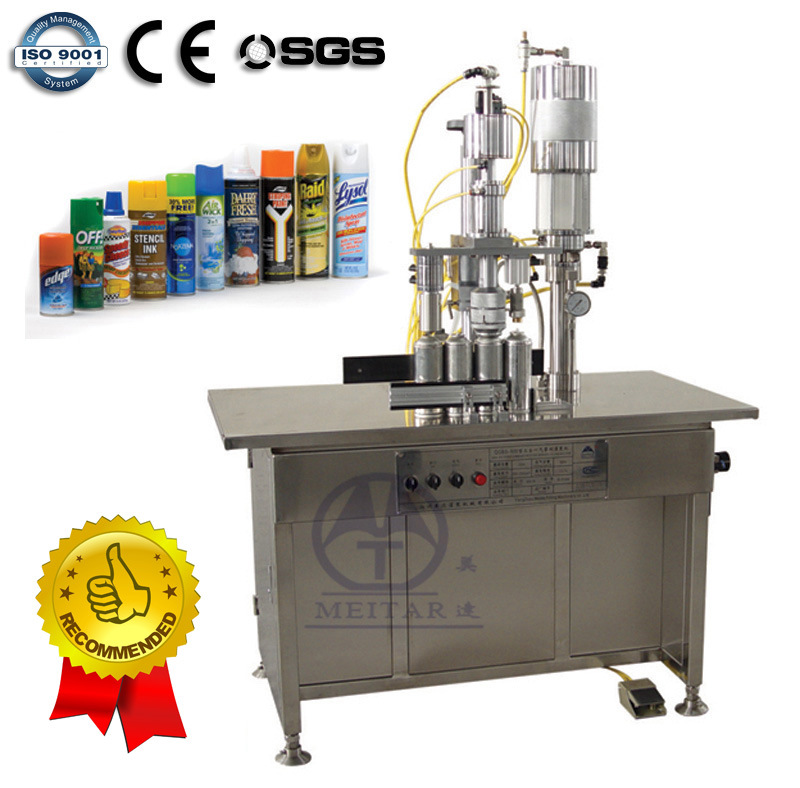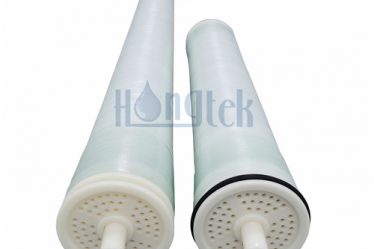

Essential Components of Aerosol Filling Equipment
When purchasing an aerosol filling machine, it’s vital to figure out the amount of output you require per day. Once you know that, you can choose the right configuration for your needs.
Coster Tecnologie Speciali S.p.A. has just launched 53eC, a new indexing aerosol machine that offers high output and extra flexibility.
1. Liquid Filling Station
Fillers are used to convert liquid products into aerosols that can be sprayed, brushed or misted on surfaces. They can be designed for one or multiple nozzles to accommodate different product volumes and spray patterns. This helps ensure consistency, minimizes waste and meets industry safety requirements. They also allow you to meet tight hygiene standards that reduce the risk of contamination, making them easy to clean between different product runs or service needs.
Manufacturer of standard & custom aerosol filling machines, including aerosol filling equipment high speed rotary, semi-automatic, bag on valve, piston & monoblock fillers. Capabilities include turnkey systems integration, lean manufacturing, training, maintenance & repair services. Serves food, beverage, cosmetic, chemical & pharmaceutical industries.
Provides net weight aerosol filling machines that weigh every container before, during & after the liquid fill cycle. This allows you to adjust the fill quantity as needed to match your product specifications & ensures that each container is filled at exactly the same rate. The machine uses a load cell beneath each pump that is linked to a microprocessor. This ensures accurate fill volumes & reduces operational expenses. It is best suited for clear thin liquids such as paint, ink, varnish, dye, edible oil, and more. It requires a power voltage that is compatible with your domestic supply. It takes up half as much space as other types of liquid filling machines.
2. Valve Feeding Station
Aerosol Filling Machines are used in production of products that require a gas propellant, such as air circumstance lubricants, butane gas cartridges and filling refrigerants. They are pneumatically driven and for safety reasons all electric-powered parts of the machine have to be fire-proof.
The valve feeding station in an aerosol filling machine is responsible for placing and positioning the aerosol can lids on top of the containers after the liquid has been pumped into them. It is equipped with a base rack, linking pipes, pressure gauges and safety valves to prevent liquid spilling while it is working.
It is also equipped with a set of calibration devices including an aerosol can crimp diameter and crimp height gauges to ensure that the cans are being produced correctly. This is a vital step in making sure that the end product will be of high quality and is fit for distribution.
The other equipment that is a part of a full line aerosol filling production machine includes the capping/ covering station and an auto box and carton machine. This is the last step in the line and ensures that when the aerosol cans have been filled they are ready to be shipped out. This helps to keep the overall production line running efficiently and reduces the amount of time that is needed to complete each product.
3. Crimping Station
The crimping station is another essential component of aerosol filling equipment. It uses over 30-tons of hydraulic pressure to crimp an aerosol can’s edge and create an aerosol filling equipment air-tight seal. This step is critical to prevent gas leaks, and a certified crimping system should be used to ensure that the machine’s crimps are high-quality and will last for years.
Aerosol cans are commonly used for cleaning sprays, but they can also be used for other purposes such as iron lubricants, shaving gels/ foams, deodorants, and even paints and other chemical products. In fact, these machines are very common in many industries due to their versatile applications and convenient usage.
In order to manufacture aerosol products, the machine needs to have a proper gassing room set up. The gassing room should be fire-proof, and should also conform to the national standards. It is important to consider this before buying an aerosol filling machine, as it can save a lot of trouble in the future.
In addition to the crimping station, an aerosol filling machine must have a capping/ covering machine. This will help to position, fit, and fix covers on the containers after they have been filled. This will ensure that the caps are properly secured and will not come off during the transportation or storage process. The capping/ covering machine will also save time and money since it can work faster than a human worker.
4. Capping/Covering Station
For aerosol products, capping/covering machine is an essential part of the production line. It helps place, fit and fix covers on bottles after spraying. This will ensure that after filling, the bottles get a suitable seal setting them up for the next stage in the bundling line. It will also assist you to speed up and improve the insertion process of different types of covers.
The type of aerosol filling machine used largely depends on the propellant features and the size of the cans. However, it is also important to consider the capacity and the performance of the machine. For example, if you need to produce more than 1000 cans per day, then you should consider a full automatic aerosol machine. It can help you save time and money in the long run.
Besides that, the aerosol filling machine should also have an adequate electricity supply. This is because the machine needs to run continuously and stably in order to guarantee its stable performance.
A good aerosol filling machine is one that can perform multiple functions such as liquid filling, crimping and gas filling at the same time. This is because it can help you save a lot of space and time in the production process. Additionally, it can also reduce your labor costs and help you increase your production speed.

